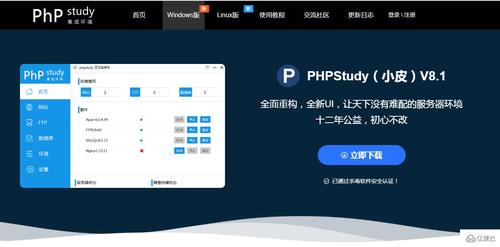python 读取txt文件编码处理

python 读取txt文件编码处理
python 读txt文件的时候,经常遇到编码报错的问题。处理文本读取,首先要确定文件的编码方式,然后通过指定encoding类别的方式读取文件,遇到无法解析的字符,可以通过指定未识别字符的处理方式处理。
1.识别文件编码
通过chardet 返回文件的编码类型,未识别的类型返回None
import chardet
# 获取文件编码类型
def get_encoding(file):
# 二进制方式读取,获取字节数据,检测类型
with open(file, 'rb') as f:
return chardet.detect(f.read())['encoding']
file_name = 'my.ini'
encoding = get_encoding(file_name)
2. 读取文件指定encoding
with open('../corpus.txt', encoding='utf-8', mode = 'r') as f:3. 未识别字符处理方式
指定open的errors属性,设置未识别字符处理方式
with open('../corpus.txt', encoding='utf-8', mode = 'r', errors='replace') as f:errors 是open函数的可选参数,指定encoding和decoding过程的error处理方式,有几种标准error handler,也可以通过codecs.register_error()注册指定自定义handler
- 'strict' 遇到编码问题抛出异常
- 'ignore' 忽略异常,可能造成数据丢失
- 'replace' 遇到异常用?代替
'surrogateescape'will represent any incorrect bytes as code points in the Unicode Private Use Area ranging from U+DC80 to U+DCFF. These private code points will then be turned back into the same bytes when thesurrogateescapeerror handler is used when writing data. This is useful for processing files in an unknown encoding.'xmlcharrefreplace'is only supported when writing to a file. Characters not supported by the encoding are replaced with the appropriate XML character reference&#nnn;.'backslashreplace'(also only supported when writing) replaces unsupported characters with Python’s backslashed escape sequences.
'strict'模式下遇到encoding error就报错终止,导致文件读取失败
‘ignore’和‘replace’模式忽略个别报错,能正常读取文件
参考:
python 获取文件字符编码类型
=distribute.pc_relevant_t0.none-task-blog-BlogCommendFromMachineLearnPai2-1.add_param_isCf&depth_1-utm_source=distribute.pc_relevant_t0.none-task-blog-BlogCommendFromMachineLearnPai2-1.add_param_isCf python 中文编码
/ 字符编码
最新文章
- 移动互联网如何改造传统的生意?
- 7.动态Sql语句
- RestTemplate的ParameterizedTypeReference
- Dubbo之——Dubbo服务集群
- 什么是dubbo?
- 为什么要建议用自增列做主键
- WBC世界棒球经典赛
- 傅里叶变换(真正的通俗易懂)
- 谱分析——傅里叶级数(离散谱)
- 两种模块化语法(module.exports,exports,requireexport,import)
- 做自媒体18个月,倒欠38万,一个自媒体创作者的自述
- 国内定制android系统吗,同样都是基于Android系统 国产定制系统差异有多大?
- MySQL中的升序降序以及字段的升序降序
- tensorflow教程——tf.GraphKeys
- 照片尺寸像素怎么调?在线改图片大小怎么改?
- 我的Hadoop安装流程
- Hadoop的安装与配置(非常重要)
- 音乐与计算机的交融,感受音乐交融之美
- linux getopt命令,Linux中getopt函数用法
- Redis可视化管理工具:Another Redis DeskTop Manager
